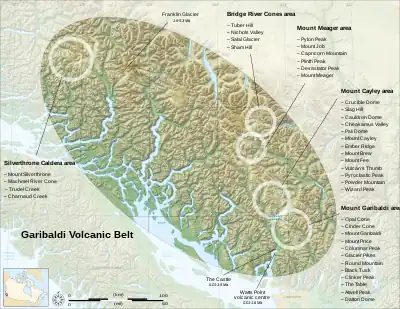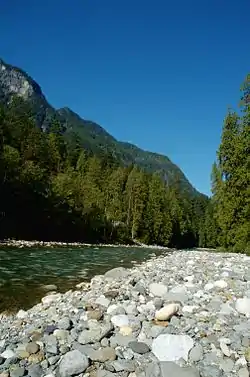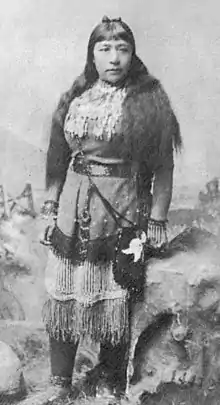The Pacific Northwest Portal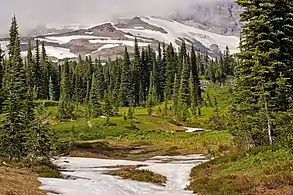 Scattered patches of subalpine fir grow below glaciers and permanent snowfields on the south slope of Mount Rainier in the Cascades ecoregion The Pacific Northwest (PNW), sometimes referred to as Cascadia, is a geographic region in western North America bounded by its coastal waters of the Pacific Ocean to the west and, loosely, by the Rocky Mountains to the east. Though no official boundary exists, the most common conception includes the U.S. states of Oregon, Washington, Idaho, and the Canadian province of British Columbia. Some broader conceptions reach north into Alaska and Yukon, south into northern California, and east into western Montana. Other conceptions may be limited to the coastal areas west of the Cascade and Coast mountains. The variety of definitions can be attributed to partially overlapping commonalities of the region's history, culture, geography, society, ecosystems, and other factors. The Northwest Coast is the coastal region of the Pacific Northwest, and the Northwest Plateau (also commonly known as "the Interior" in British Columbia, is the inland region. The term "Pacific Northwest" should not be confused with the Northwest Territory (also known as the Great Northwest, a historical term in the United States) or the Northwest Territories of Canada. The region is sometimes referred to as Cascadia, which, depending on the borders, may or may not be the same thing as the Pacific Northwest. The region's largest metropolitan areas are Greater Seattle, Washington, with 4 million people; Metro Vancouver, British Columbia, with 2.84 million people; and Greater Portland, Oregon, with 2.5 million people. The culture of the Pacific Northwest is influenced by the Canada–United States border, which the United States and the United Kingdom established at a time when the region's inhabitants were composed mostly of indigenous peoples. Two sections of the border—one along the 49th parallel south of British Columbia and one between the Alaska Panhandle and northern British Columbia—have left a great impact on the region. According to Canadian historian Ken Coates, the border has not merely influenced the Pacific Northwest—rather, "the region's history and character have been determined by the boundary". (Full article...) Selected article -Pacific Northwest Wrestling (PNW) (also known as Big Time Wrestling and Portland Wrestling) is the common name used to refer to several different professional wrestling companies, both past and present, based in Portland, Oregon, United States. The first such company (that would later become Portland Wrestling) was founded by Herb Owen in 1925. It was the Northwest territory of the National Wrestling Alliance from the Alliance's inception in 1948 until 1992. The area was brought to its prime by Herb's son, Don Owen, and this version of Pacific Northwest Wrestling saw many of the top names in pro wrestling come through on a regular basis. The Pacific Northwest was considered one of the main pro wrestling territories from the 1960s to the 1980s. Portland Wrestling was forced to close its doors in July 1992. The closure came as a result of a slowdown in professional wrestling during the early 1990s, a declaration of bankruptcy by Portland Wrestling's main television sponsor, and negative fallout from a shift in regulatory emphasis by the Oregon Athletic Commission. The telecasts, which originated on Portland station KPTV, ended in December 1991 and were replaced on KPTV by syndicated WWF programming. (Full article...)Selected biography -
Kenneth Callahan (1905–1986) was an American painter and muralist who served as a catalyst for Northwest artists in the mid-20th century through his own painting, his work as assistant director and curator at the Seattle Art Museum, and his writings about contemporary art. Born in Eastern Washington and largely self-taught as an artist, Callahan was committed to an art that went beyond the merely illustrative. He enrolled at the University of Washington in 1924 but did not stay long. He traveled widely, absorbing influences from the different countries and cultures he experienced. His talent was recognized early; his work was included in the first Whitney Biennial exhibition in 1933 and he went on to a distinguished painting career. Callahan is identified as one of the Northwest Mystics – along with Guy Anderson, Morris Graves, and Mark Tobey, who shared a muted palette and strong interest in Asian aesthetics. (Full article...)
Largest cities of the Pacific Northwest
General images -The following are images from various Pacific Northwest-related articles on Wikipedia.
Did you know -
Indigenous peoplesRelated portalsCategoriesCategory puzzle Select [►] to view subcategories
Pacific Northwest British Columbia Culture of the Pacific Northwest Endemic fauna of the Pacific Northwest Flora of the West Coast of the United States Flora of the Northwestern United States Geography of the Pacific Northwest Geology of the Pacific Northwest History of the Pacific Northwest Indigenous peoples of the Pacific Northwest Lichens of the Northwestern United States Northwestern United States People from the Pacific Northwest Pacific temperate rainforests Puget Sound region Religion in the Pacific Northwest Society of the Pacific Northwest Pacific Northwest transport templates WikiProjects
Tasks
Associated WikimediaThe following Wikimedia Foundation sister projects provide more on this subject:
Sources
Discover Wikipedia using portals
|
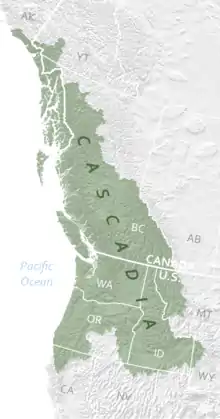
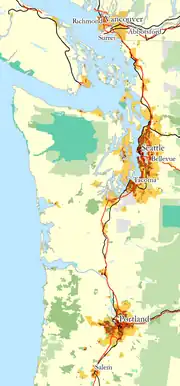
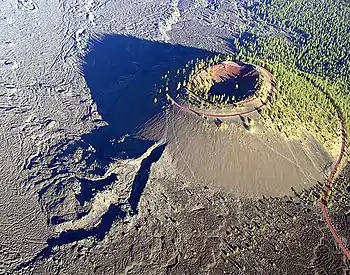
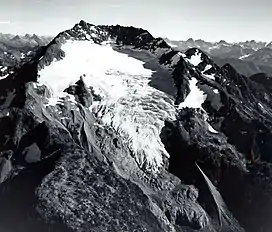
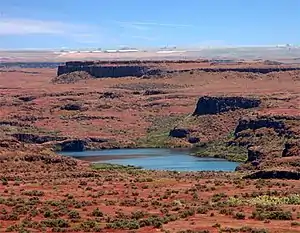
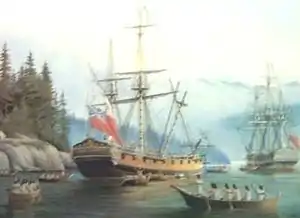

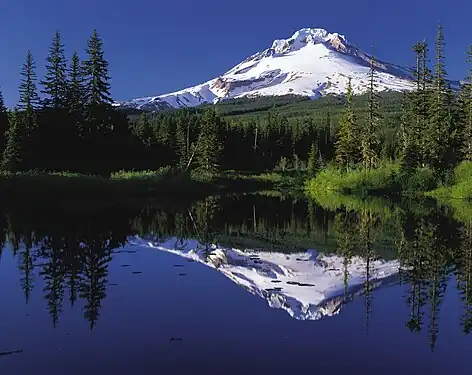
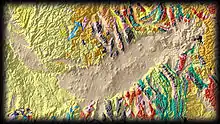


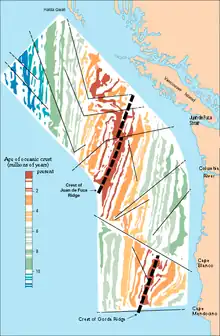
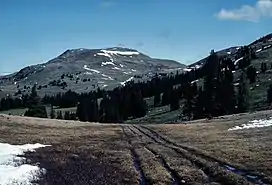
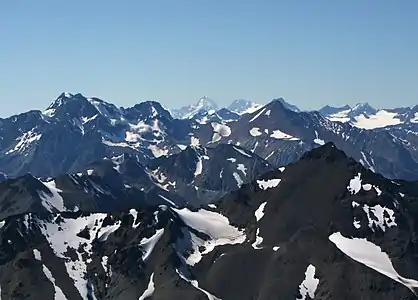

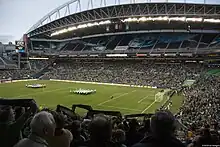
.jpg.webp)
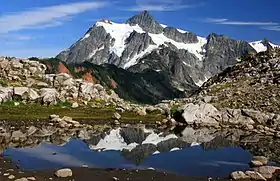
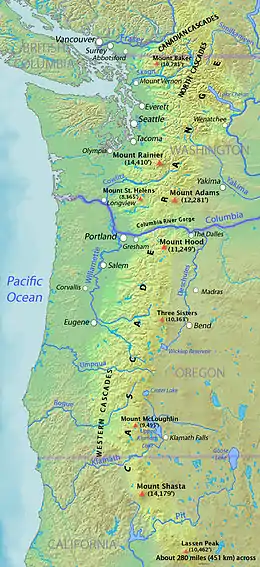
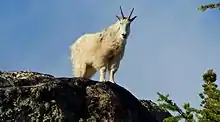
.jpg.webp)
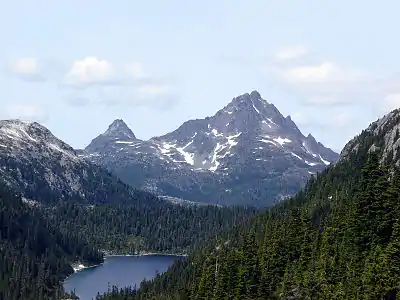
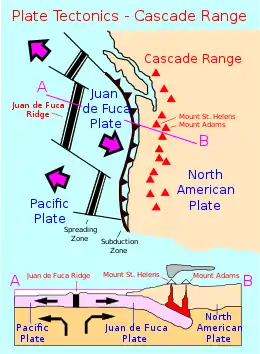
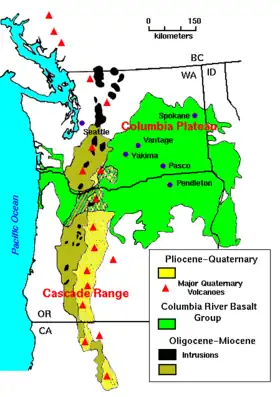
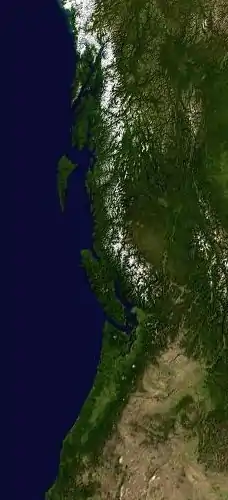
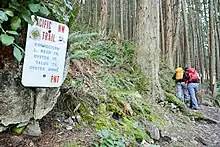
.jpg.webp)
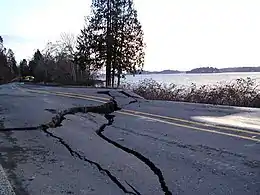
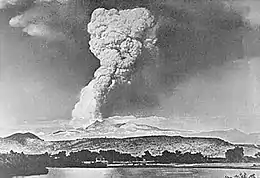
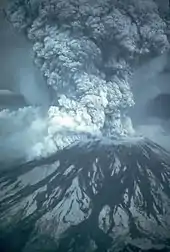
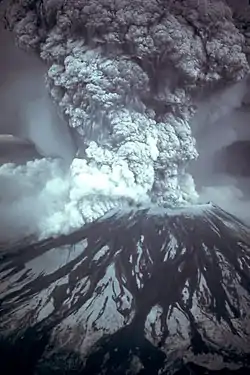

.jpg.webp)

